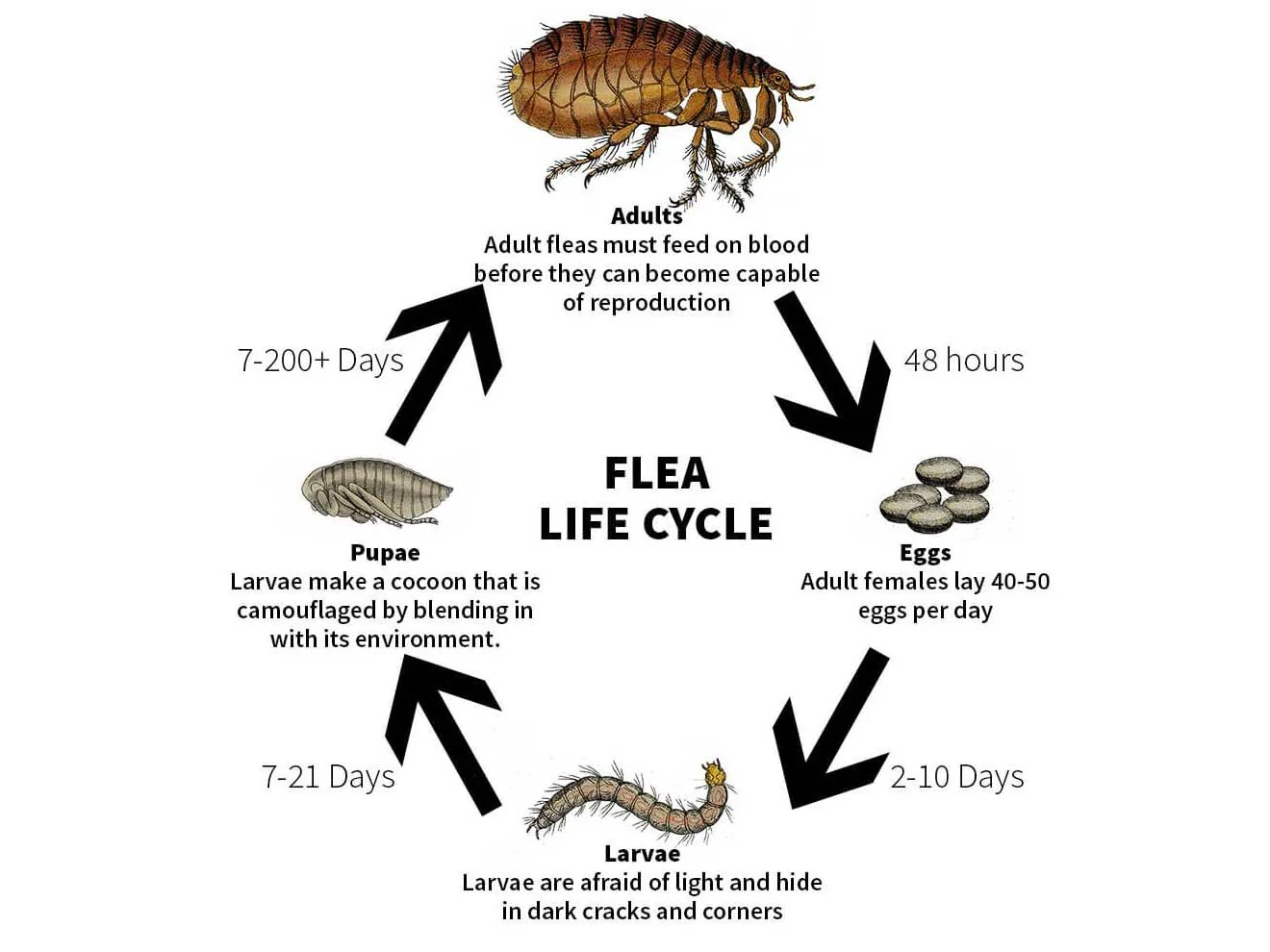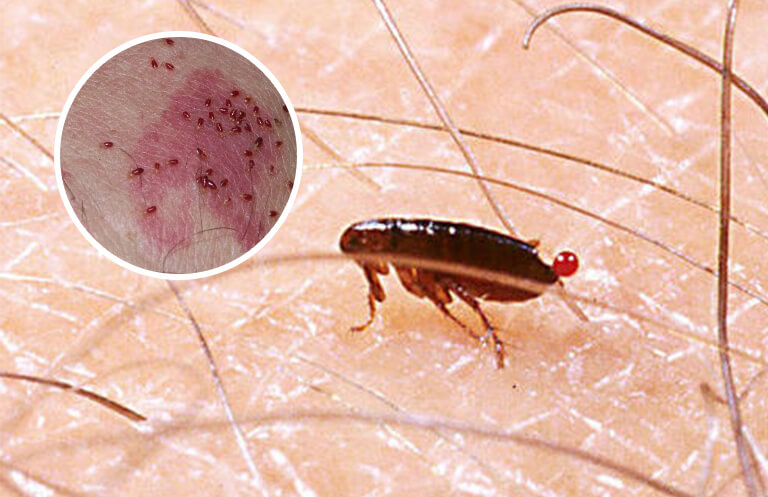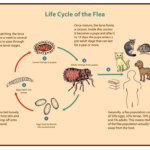Flea infestations can be a serious problem for both pets and homeowners, often starting subtly and escalating quickly if not addressed early. Recognizing the early signs of a flea infestation is key to preventing it from getting out of control. Fleas are notoriously difficult to get rid of once they have fully settled in, so identifying the problem early can save you time, money, and a lot of frustration. Here are the early warning signs that you might have a flea infestation in your home.
1. Increased Scratching or Biting by Pets
One of the most common and earliest signs of a flea infestation is when your pet begins to scratch or bite excessively. Fleas bite to feed on blood, and their saliva contains proteins that can cause irritation or allergic reactions. As a result, pets may start scratching, biting, or licking certain areas of their bodies more than usual, especially around the neck, back, tail base, or behind the ears. If you notice your pet exhibiting these behaviors, it could be a sign that fleas are present.
In more severe cases, pets may develop sores, hair loss, or scabs due to constant scratching, which can lead to secondary infections.
2. Flea Dirt on Your Pet
Flea dirt is another early sign of a flea problem. Flea dirt is the feces of adult fleas, and it looks like small black specks or grains of sand, often found in your pet’s fur, particularly around the base of their tail, under their belly, or behind their ears. To check for flea dirt, take a damp paper towel and rub it over your pet’s fur. If the specks turn red or brown when wet, it indicates the presence of flea dirt (which contains digested blood). Flea dirt is a clear sign that adult fleas are feeding on your pet.
3. Flea Bites on Humans
Although fleas prefer to live on pets, they will bite humans when they are hungry. If you notice small, red, itchy bumps on your skin—especially around the ankles, legs, and feet—it could be a sign of flea bites. These bites usually appear in clusters or lines, and the itching may be intense, causing discomfort. Flea bites are more common if your home has already been infested or if pets are frequently in and out of the house.
4. Visible Fleas on Your Pet
While adult fleas are small and can be difficult to spot, they are visible to the naked eye and can be seen moving quickly across your pet’s skin. If you closely examine your pet’s fur—particularly the areas where they’re scratching or licking—you might be able to spot adult fleas. Fleas are typically brown to reddish-brown in color, and they are agile jumpers, which can make them harder to catch. However, if you comb through your pet’s fur with a fine-toothed flea comb, you may be able to catch fleas or see them jump out.
5. Fleas in Your Home or Yard
Fleas not only infest pets but can also spread throughout your home, especially in areas where pets spend a lot of time. Early signs of a flea infestation in your home include:
- Flea Dirt in Bedding and Carpets: As with your pet, flea dirt can accumulate in areas where your pet sleeps, such as their bed, on furniture, or on carpets. If you notice small black specks in these areas, it could be an indication that fleas are living in your home.
- Fleas on Soft Surfaces: Fleas prefer to live in soft environments like carpets, rugs, and upholstery. If you suspect an infestation, check these areas for signs of fleas or flea dirt. Pay special attention to areas your pet frequents.
- Fleas in the Yard: If you have an outdoor pet, fleas can also infest the yard. Look for fleas in areas where your pet spends time, such as grassy areas or shady spots. Fleas can jump from your pet onto the ground, and larvae and pupae may develop in the soil.
6. Changes in Pet Behavior
Fleas can cause a range of behavioral changes in pets due to the discomfort and irritation they cause. If your pet is suddenly acting restless, agitated, or less active than usual, it could be due to flea bites. Pets may also be seen rubbing their faces against furniture or floors in an attempt to relieve itching. Some pets may even begin to excessively groom themselves as they try to remove fleas, leading to hair loss or bald patches.
7. Signs of Flea-Related Diseases
If left untreated, flea infestations can lead to more serious health issues for pets, such as flea allergy dermatitis (FAD), which causes inflammation, redness, and scabbing of the skin. Pets may develop a reaction to the flea saliva, leading to chronic itching and skin damage. In severe cases, fleas can also transmit tapeworms to pets, which can cause digestive issues. If you notice your pet displaying symptoms like vomiting, diarrhea, or weight loss, this may indicate the presence of fleas and flea-borne diseases.
8. Increased Activity of Other Insects
While fleas are the primary concern, their presence can sometimes attract other pests. For example, ticks or mites may be more likely to appear in an environment where fleas are active. If you notice other unusual insects or pests in your home, it could signal that there is a flea infestation as well, especially if the pests are attracted to the same host animals or living conditions.
What To Do If You Spot Early Signs of Fleas
If you detect any of these early signs of a flea infestation, it’s important to take action as soon as possible. The longer you wait, the harder it will be to control the infestation. Here’s what you can do:
- Treat Your Pets: Begin by treating your pets with a veterinarian-approved flea treatment, such as topical treatments, flea collars, or oral medications. Be sure to follow the instructions carefully.
- Clean Your Home: Vacuum all carpets, rugs, and upholstered furniture thoroughly to remove flea eggs, larvae, and adults. Wash your pet’s bedding, toys, and any other fabric surfaces they frequent. Consider using a flea spray or fogger in areas where fleas may be hiding.
- Consult a Professional: If the infestation is severe or difficult to control, consider contacting a pest control professional who can assess the situation and help with treatment.

Conclusion
Catching a flea infestation early is crucial to preventing a larger, more difficult problem later on. By paying attention to signs like excessive scratching, flea dirt, visible fleas, and flea bites on humans, you can address the issue before it spreads throughout your home. Quick and consistent action, including treating both pets and the environment, is the best way to get rid of fleas and protect your home from further infestations.



